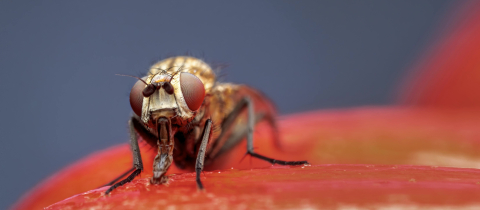Polyethylene shopping bags are a big convenience but they also present a big problem. While they can be recycled, many just get carelessly discarded and end up in the environment not only as an eyesore but as a danger to wildlife. Estimates are that only about 3% of plastics that can be recycled actually are. Polyethylene does not degrade easily in the environment and the bags can end up as pollutants for decades. Some clever chemistry can, however, help the situation.
If certain salts of iron, manganese, nickel or cobalt are incorporated into the polyethylene, polypropylene or polystyrenene molecular chains during manufacture, they will catalyze the breakdown of the polymers. But the breakdown requires the presence of oxygen because the mechanism of the degradation involves “oxidation,” which means forming bonds between some of the carbon atoms in the polymer and oxygen atoms supplied by oxygen in the atmosphere. Exposure to ultraviolet light speeds up the reaction
Once the chain has been “oxidized,” the bonds between the oxygen bearing carbons and their neighbours are significantly weakened and begin to break apart. The resulting short chains are then biodegraded by microbes basically to carbon dioxide and water. Depending on the extent of UV and oxygen exposure, and ambient temperature, oxo-biodegradable plastics visually disappear in as little as two months, although the process can take up to a year and a half. These bags will not degrade in a landfill and therefore will not generate methane, a potent greenhouse gas. They cannot be composted, but they can be recycled just like other polyethylene bags. The big advantage is a reduction in all those bags that end up fluttering from trees or floating in the ocean. Of course, until the plastic breaks down, it can still pose a risk to wildlife but there is no doubt that the oxo-biodegradable plastic is preferable to the conventional variety in terms of impact on the environment.







